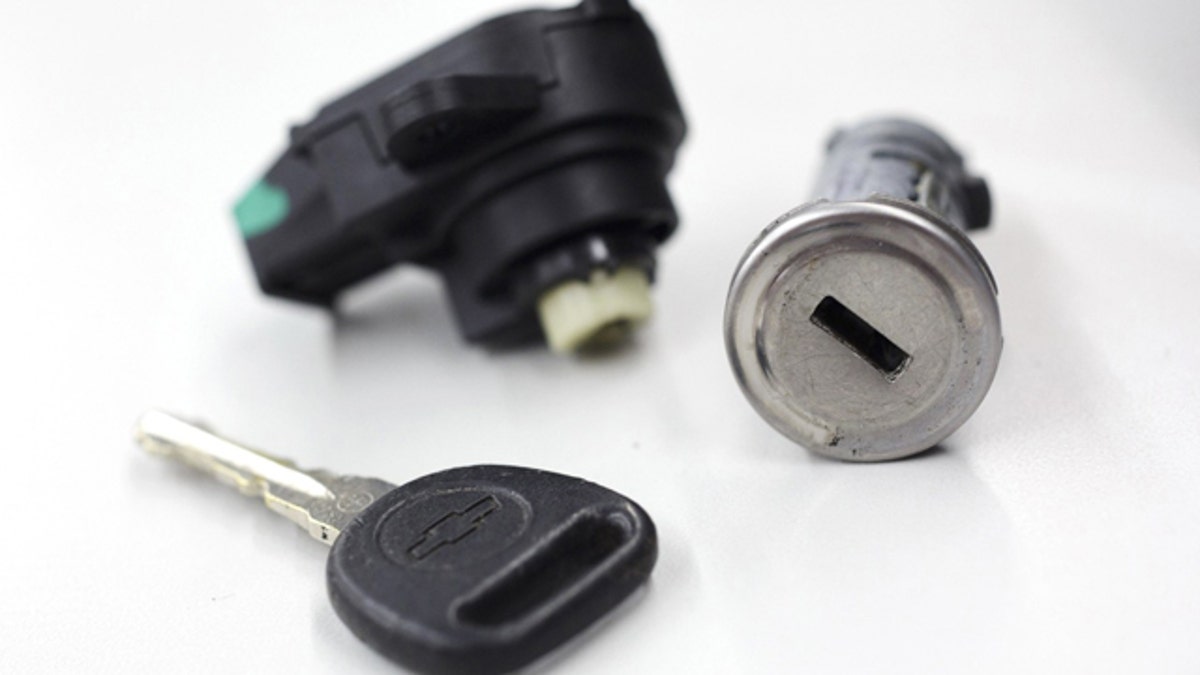
This undated photo shows a Chevrolet Cobalt ignition switch recalled by General Motors (Reuters)
General Motors ordered a half-million replacement ignition switches to fix Chevrolet Cobalts and other small cars almost two months before it alerted federal safety regulators to the problem, according to emails viewed by The Wall Street Journal.
The parts order, not publicly disclosed by GM, and its timing are sure to give fodder to lawyers suing GM and looking to poke holes in a timetable the auto maker gave for its recall of 2.5 million vehicles. The recall concerns a switch issue that is now linked to 30 deaths and has led to heavy criticism of the auto giant’s culture and the launch of a Justice Department investigation.
The email exchanges took place in mid-December 2013 between a GM contract worker and the auto maker’s ignition-switch supplier, Delphi Automotive. The emails indicate GM placed a Dec. 18 “urgent” order for 500,000 replacement switches one day after a meeting of senior executives. GM and an outside report it commissioned have said the executives discussed the Cobalt at the Dec. 17 meeting but didn’t decide on a recall.
The emails show Delphi was asked to draw up an aggressive plan of action to produce and ship the parts at the time. In the months that followed, the size of the recall announced Feb. 7 would balloon and spark an auto-safety crisis, casting a shadow over the industry and leading to widespread calls for faster action by auto makers addressing safety concerns.
Delphi, which declined to comment on the emails, produced the documents pursuant to a discovery order connected to a court case now being heard in New York. The parts maker removed the confidential designation after Texas attorney Bob Hilliard questioned whether the emails needed to remain confidential material.
A judge has set a January 2016 trial date in that case brought about by a group of complainants claiming economic loss, death or injury connected to the switch issue after GM emerged from bankruptcy in 2009.
GM spokesman Alan Adler said the company followed proper National Highway Traffic Safety Administration procedure by submitting a correct defect chronology, and wasn’t required to disclose details of a parts order.